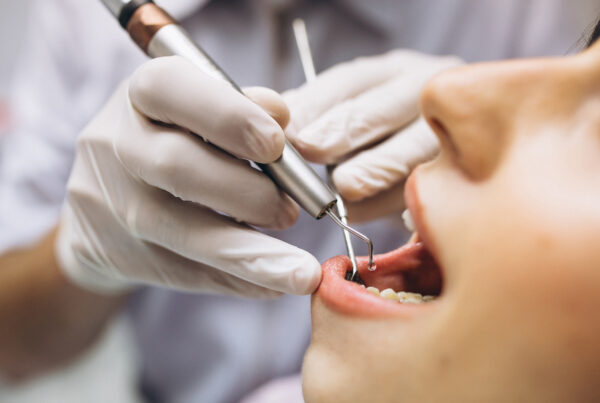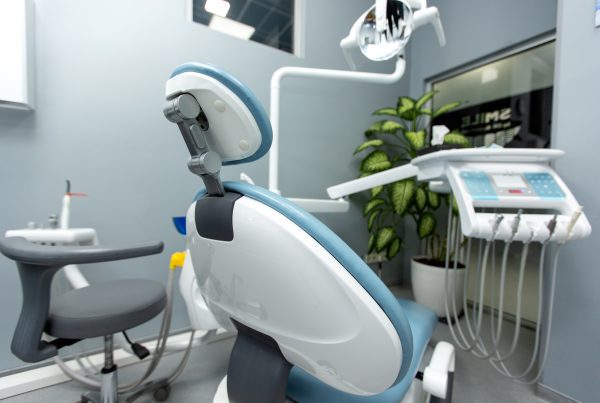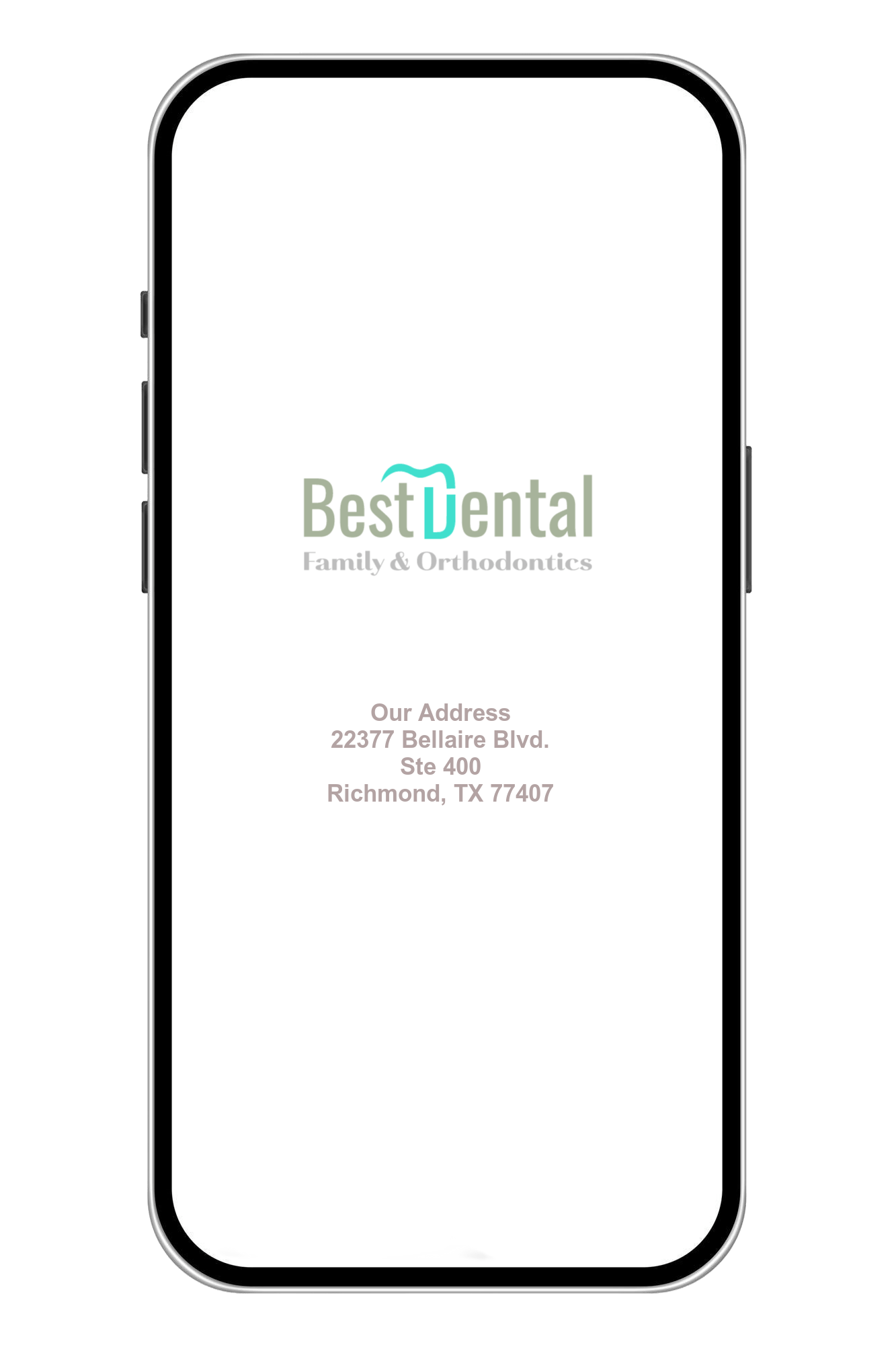Are Your Teeth About To Fall Out?
Maintaining healthy teeth is crucial for a confident smile and overall well-being. However, various factors can indicate potential issues that might lead to tooth loss if left unaddressed. From changes in appearance to discomfort while eating, there are several signs that could signal an impending problem with your dental health. Understanding these signs and promptly seeking professional dental care can significantly impact the longevity of your teeth and prevent the prospect of them falling out. Recognizing these indicators is vital for early intervention and effective dental treatment, ensuring a healthier and happier smile for years to come.

What are the common signs that suggest my teeth might be at risk of falling out?
Several signs can indicate that your teeth might be at risk of falling out. These include:
- Loose teeth: Teeth that feel loose or shift in position may indicate underlying issues with the supporting structures like gums and bones.
- Bleeding gums: Persistent bleeding during brushing or flossing can be a sign of gum disease (gingivitis or periodontitis), which, if left untreated, can lead to tooth loss.
- Receding gums: When gums pull away from the teeth, it exposes the tooth roots, making them more vulnerable to decay and eventual loss.
- Persistent bad breath: Chronic bad breath can be a sign of underlying dental problems like gum disease or tooth decay, both of which can lead to tooth loss.
- Tooth sensitivity: Increased sensitivity to hot, cold, or sweet foods and beverages could indicate tooth decay, which, if untreated, might lead to the loss of teeth.
- Pain or discomfort: Continuous toothache or discomfort while chewing can indicate various issues, including decay, infection, or damage, which may lead to tooth loss if not addressed.
- Visible signs of decay: Dark spots, visible holes, or rough edges on teeth might indicate decay. Without proper treatment, decay can progress and result in tooth loss.
- Changes in tooth alignment: Teeth shifting position or becoming misaligned without any apparent cause may indicate problems with the supporting structures that could lead to tooth loss.
- History of dental issues: Previous dental problems, such as repeated cavities, infections, or gum disease, might increase the risk of future tooth loss if not properly managed.
- Medical conditions: Certain medical conditions like diabetes or osteoporosis can impact dental health and increase the risk of tooth loss.
If you notice any of these signs, it’s crucial to seek professional dental care promptly. Early intervention and appropriate treatment can often prevent further damage and help maintain your dental health, potentially avoiding the loss of teeth. Regular dental check-ups are also essential in detecting and addressing issues before they progress to a more serious stage.
What are signs of gum disease that could lead to tooth loss?
Signs of gum disease, such as gingivitis or periodontitis, can be indicative of potential tooth loss if left untreated. These signs include persistent bad breath, swollen or tender gums, gums that bleed easily during brushing or flossing, receding gums (resulting in the appearance of longer teeth), and a change in the way teeth fit together when biting. As gum disease progresses, it can lead to the destruction of the tissues and bone that support the teeth, causing teeth to become loose or shift in position. Without timely intervention, advanced gum disease can ultimately result in tooth loss as the supporting structures weaken, compromising the stability and health of the teeth. Regular dental check-ups, proper oral hygiene, and prompt treatment of gum disease are essential in preventing tooth loss associated with gum-related issues.


Are there specific symptoms or sensations, such as pain or sensitivity, that might suggest an increased risk of tooth loss?
Yes, certain symptoms and sensations may indicate an increased risk of tooth loss if not addressed promptly. Persistent tooth pain, especially while chewing or biting, could signal underlying issues like decay, infection, or damage that, if left untreated, may lead to tooth loss. Heightened sensitivity to hot, cold, or sweet foods and beverages can also suggest potential problems such as enamel erosion, decay, or exposed tooth roots due to receding gums, increasing the risk of tooth loss. Additionally, the presence of a constant dull ache or throbbing sensation in the tooth or jaw area should not be overlooked, as it might signify an infection or an abscess that can severely affect the tooth’s health and stability, potentially leading to tooth loss if not treated promptly by a dental professional.
How does poor oral hygiene contribute to the possibility of teeth falling out?
Poor oral hygiene significantly contributes to the possibility of teeth falling out due to various reasons:
- Plaque and Tartar Build-Up: When oral hygiene is inadequate, plaque—a sticky film containing bacteria—accumulates on teeth. If not removed by regular brushing and flossing, plaque hardens into tartar, leading to gum inflammation and irritation.
- Gum Disease (Periodontitis): Plaque and tartar buildup can cause gingivitis, the early stage of gum disease characterized by swollen, bleeding gums. If left untreated, it can progress to periodontitis, where the gums pull away from the teeth, forming pockets that collect bacteria and debris. This leads to the destruction of the underlying bone and tissues supporting the teeth, ultimately causing them to become loose and potentially fall out.
- Tooth Decay: Inadequate oral hygiene allows bacteria to thrive and produce acids that attack tooth enamel, leading to decay. Over time, untreated decay weakens the tooth structure, making it more susceptible to fractures and eventual loss.
- Weakening of Tooth Support: Gum disease and decay compromise the integrity of the structures supporting the teeth—gums, periodontal ligaments, and jawbone. As these supporting structures weaken, teeth can become loose, shift in position, and eventually fall out.
Regular brushing, flossing, and professional dental cleanings help remove plaque, prevent tartar buildup, and reduce the risk of gum disease and decay. Good oral hygiene habits are crucial in maintaining the health of teeth and their supporting structures, minimizing the likelihood of tooth loss.


Can cavities or tooth decay indicate an impending risk of tooth loss if not treated promptly?
Yes, cavities or tooth decay can certainly indicate an impending risk of tooth loss if left untreated. Tooth decay occurs when acids produced by bacteria in plaque gradually erode the enamel, creating cavities or holes in the teeth. When cavities penetrate deeper layers of the tooth, they can cause significant damage to the tooth structure. If not promptly addressed through proper dental treatment, such as fillings or root canals, decay can progress further into the tooth, reaching the nerve or pulp chamber, leading to infection, severe pain, and potential abscess formation. Untreated decay weakens the tooth’s structural integrity, increasing the likelihood of breakage or the need for extraction to prevent the spread of infection and preserve oral health. Timely intervention by a dentist can prevent the progression of decay and potential tooth loss, preserving the affected tooth and overall dental health.
Are there lifestyle factors or habits that could accelerate the risk of teeth falling out?
Yes, several lifestyle factors and habits can accelerate the risk of teeth falling out. Smoking or tobacco use significantly increases the likelihood of gum disease, reducing blood flow to the gums and weakening the immune system’s ability to fight infection, leading to tooth loss. Poor dietary choices, especially excessive consumption of sugary or acidic foods and beverages, contribute to enamel erosion and tooth decay, increasing the risk of cavities and eventual tooth loss. Additionally, neglecting regular dental check-ups and proper oral hygiene practices such as infrequent brushing and flossing can allow plaque and tartar buildup, leading to gum disease and decay, further predisposing teeth to potential loss. Managing these lifestyle factors and adopting healthy oral hygiene practices are crucial in preserving dental health and reducing the risk of teeth falling out prematurely.


What role does aging play in the potential loss of teeth?
Aging can play a role in the potential loss of teeth due to several factors:
- Wear and Tear: Over time, teeth can experience natural wear and tear from years of use, impacting their structural integrity. The enamel, the outer layer protecting the teeth, may gradually wear down, making teeth more susceptible to damage, decay, and potential loss.
- Gum Changes: Aging can lead to changes in the gums, including recession or thinning of gum tissue. Receding gums expose the tooth roots, making them more vulnerable to decay and gum disease, which, if left untreated, can ultimately lead to tooth loss.
- Bone Density Changes: As people age, changes in bone density can occur, including in the jawbone that supports the teeth. Reduced bone density or bone loss can compromise the stability of teeth, leading to looseness and potential tooth loss.
- Medical Conditions: Certain age-related medical conditions or medications prescribed for them can impact oral health. For instance, conditions like diabetes and osteoporosis can affect dental health and increase the risk of gum disease and tooth loss.
While aging itself is not a direct cause of tooth loss, the cumulative effects of wear, changes in oral tissues, and potential health conditions associated with aging can contribute to an increased risk of tooth loss. However, maintaining good oral hygiene, regular dental check-ups, and a healthy lifestyle can significantly mitigate these risks, helping to preserve dental health as individuals age.



